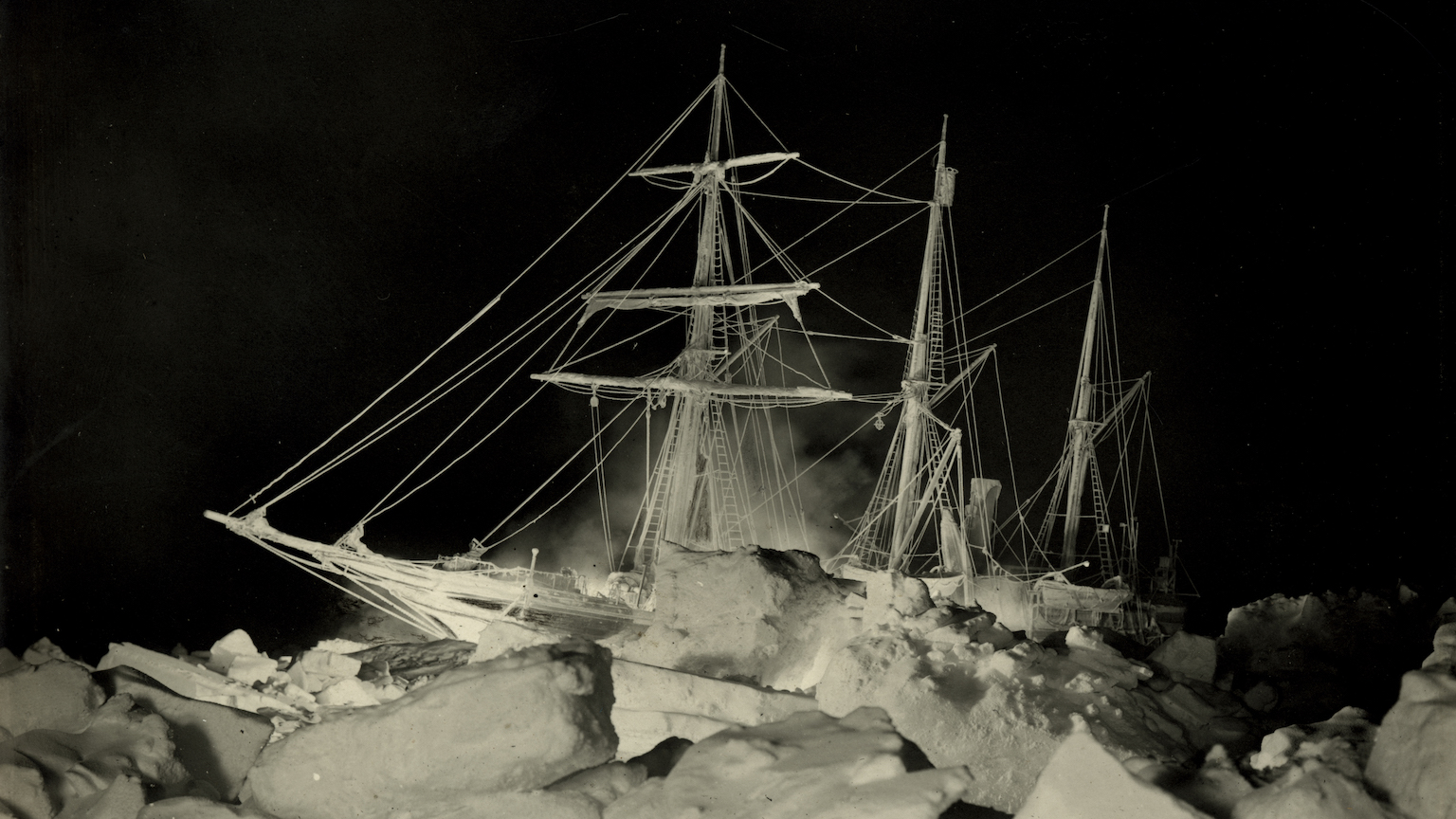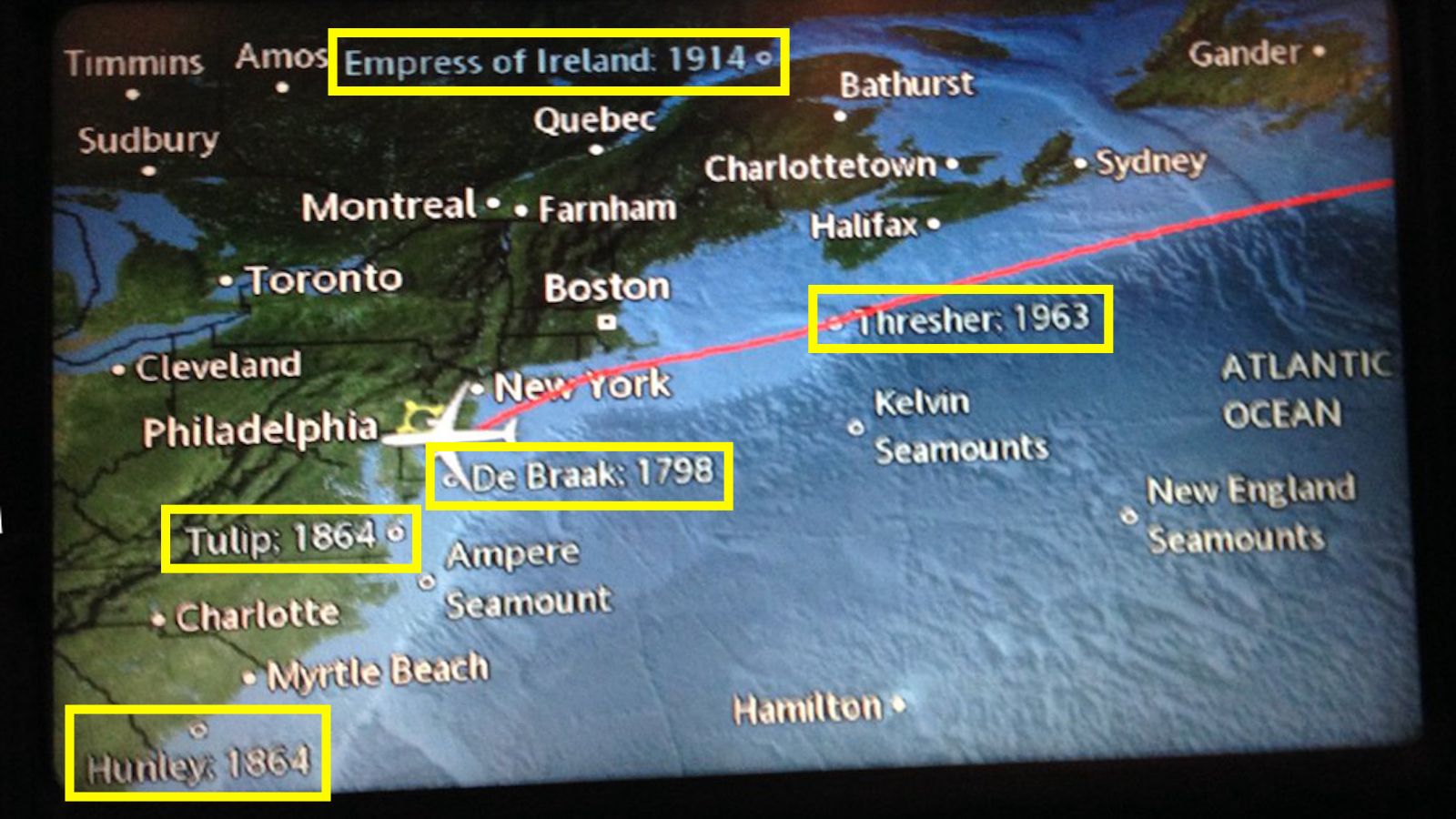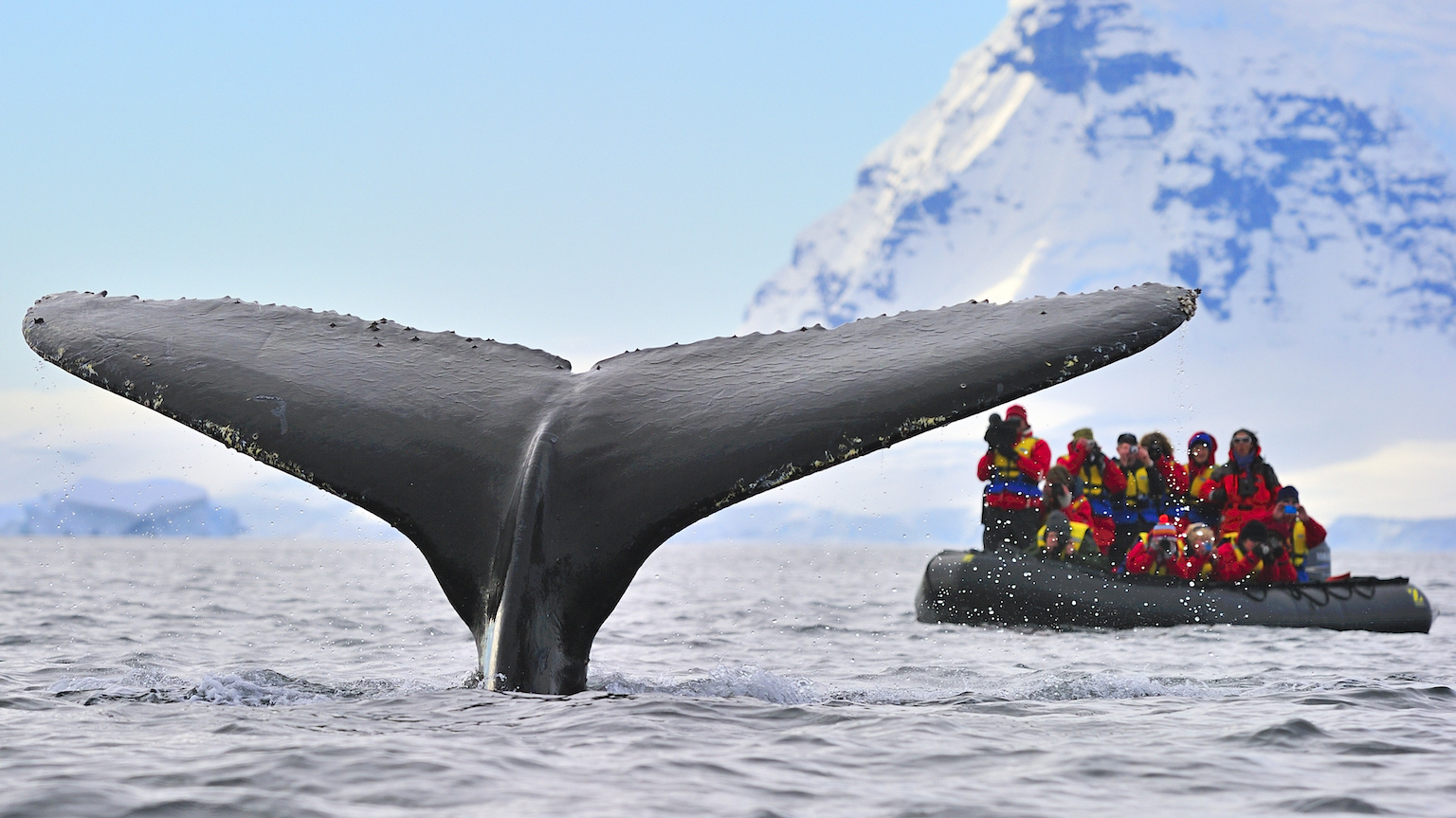The Endurance shipwreck ended one of the most harrowing exploration stories ever told

- The two-year ordeal that was the Shackleton Expedition is one of the most harrowing exploration stories ever told.
- Things began to go terribly wrong when their ship Endurance was captured by advancing Antarctic ice.
- Despite more than a century underwater, the Endurance appears remarkably preserved.
A century ago, men had only just reached the South Pole. In the first two successful expeditions, five out of ten died. It is hard to fathom how much things have changed in only 11 decades: Today, as many as 150 people live comfortably in a permanent station at the pole.
The Shackleton Expedition
Of all the incredible stories of Arctic and Antarctic exploration, one of the greatest is Ernest Shackleton’s attempt to cross the entire continent of Antarctica, sea to pole to sea. The expedition began off the coast of Argentina and aimed to reach New Zealand. None would ever reach the pole. Instead, their lives descended into a brutal test of human perseverance, beginning with the loss of the party’s ship Endurance. The remains of that vessel have now been located in the Weddell Sea. After nearly 110 years, it is the legend of that journey that fueled modern efforts to locate the shipwreck.
A crew of 28 men departed London aboard Endurance on August 1, 1914 and reached their final stop at South Georgia Island, 26 degrees north of the South Pole, in December of that year. The wooden ship departed for Antarctica under a combination of steam power and canvas sails. It quickly entered a vast sea of pack ice, a “gigantic and interminable jigsaw-puzzle” as Shackleton put it, made of ragged floating ice blocks. At times, the ship’s captain Frank Worsley would thread a course through the moving maze. At others, he rammed a new path. Making their way southward, the crew came within a single day’s voyage of the Antarctic coast. The men could see the distant shore. But that’s when things began to go terribly wrong.
On January 18, the ship entered an area of particularly dense ice, and the decision was made to halt and wait for an opening rather than try to power through. Overnight, the ice solidified around the hull. Endurance was trapped in a solid sheet of ice that grew under gale conditions to extend farther than the eye could see in all directions. Photographer Frank Hurley took stunning images of the ensnared ship and the crew at first laboring against and then accepting their captivity.
As the Antarctic summer faded, the prospects for freeing the ship dwindled. For the next nine months, encased in ice, the Endurance drifted across the Weddell Sea.
As the months wore on, the pressure of the shifting ice began to crush the ship, and in November 1915, she finally sank. This forced the men to set up camp on a floating pack of ice, hundreds of miles from land. How these men eventually all returned home alive is something of a miracle.
Miracle on ice
With no way to communicate with another soul on the planet, the expedition had to stage its own rescue. As the Antarctic season cycled and summer again began to approach, the ice grew thin, and the men were forced to pile into the lifeboats salvaged from the ship. They survived a week’s voyage in rough seas and landed on Elephant Island at the northern tip of Antarctica. While their new campground at least would not melt away, they were still nearly a thousand miles from any human contact. Shackleton gathered five strong sailors and headed out into the open ocean in a single lifeboat. The rest of the crew was left on Elephant Island.
Worsley, chosen as one of the five, navigated the tiny lifeboat with a sextant and hand tools for three weeks. If his readings had been but the slightest bit off, the men would have sailed into nothingness and been lost forever, dooming both themselves and all of those left behind on Elephant Island. Yet, he somehow guided the James Caird 800 miles to successful landfall on South Georgia Island. This famed voyage through brutal seas has been called one of the greatest boat journeys ever accomplished. And it was still only one leg of the odyssey to bring the expedition home.
Once back on South Georgia, half of the party crossed a range of uncharted mountains to reach a station on the far side for help. Shackleton’s men left behind on Elephant Island awaited his return, their only hope under a growing pall of doom. Shackleton mounted a series of rescue attempts that were foiled by weather and more pack ice. The men survived in a makeshift camp through a second sunless winter. After four months, Shackleton finally succeeded in leading a Chilean tugboat to rescue the expedition members marooned on the far southern isle.
True endurance
By the time the crew returned to England in the (northern) autumn of 1916, nearly half of the Great War had elapsed, forever changing the nature of their homeland and the subsequent course of the world. Their fantastic tale is considered one of the seminal — and final — stories of the great age of polar exploration. The men, and a stockpile of jaw-dropping photographs taken by Hurley, entered into history. The last crew member died in the 1980s.
Yet, a mystery remained: the location of the shipwreck of the Endurance. This year, a UK charity financed a more modern concept of an expedition to find the sunken boat. This week they announced success and showed the first photographs.
The shipwreck is in beautiful condition. Images from a Saab deep sea submersible show the wooden planks preserved in the extraordinarily cold water. Nails holding the wooden ship together still gleam. The golden emblem E N D U R A N C E remains on the stern. The ship’s wheel still stands atop the aft well deck, surrounded by preserved railings, chains, and wooden fixtures.
The scene is a strange tribute to how much things can change in a single century. And yet, parts of the ship look as if she could sail today. Of course, the human story that she witnessed, of triumph in the face of extreme adversity, resonates timelessly.





